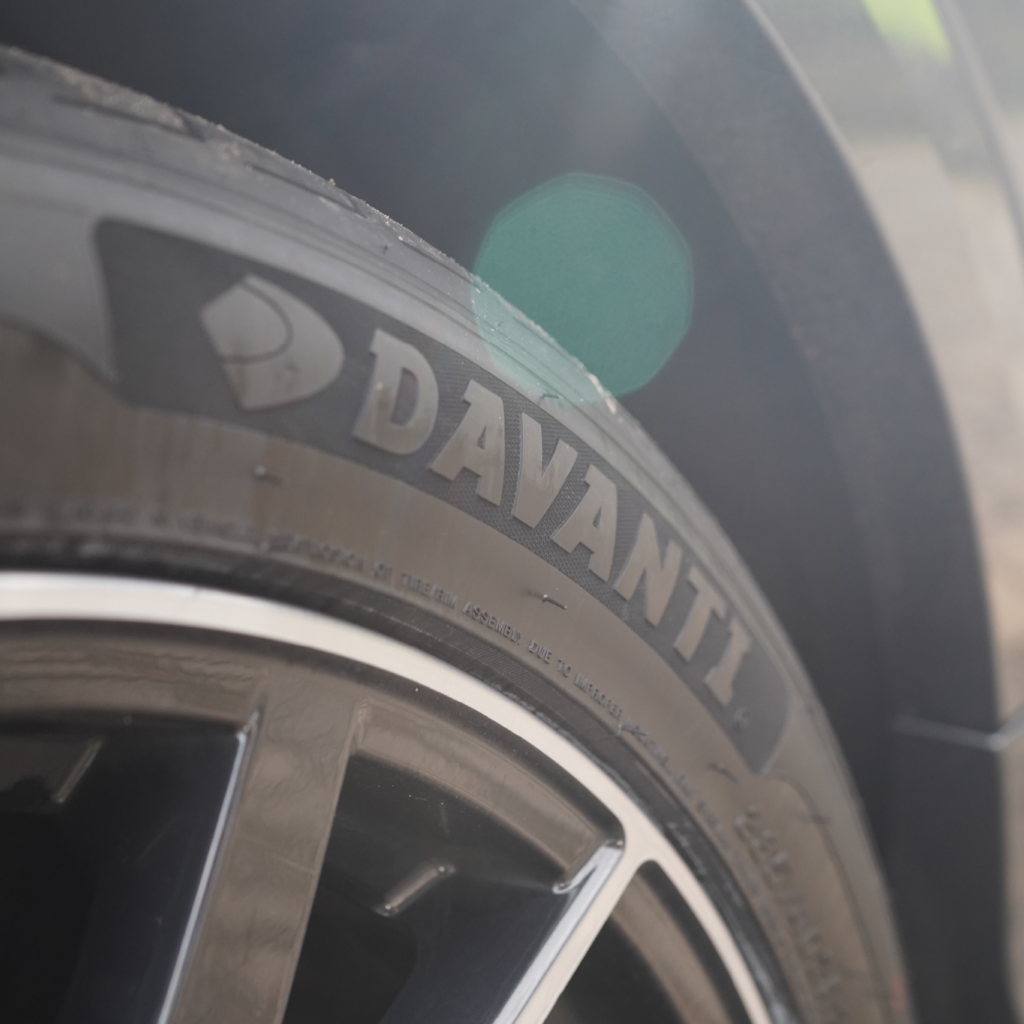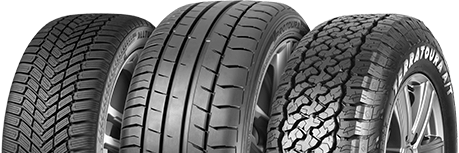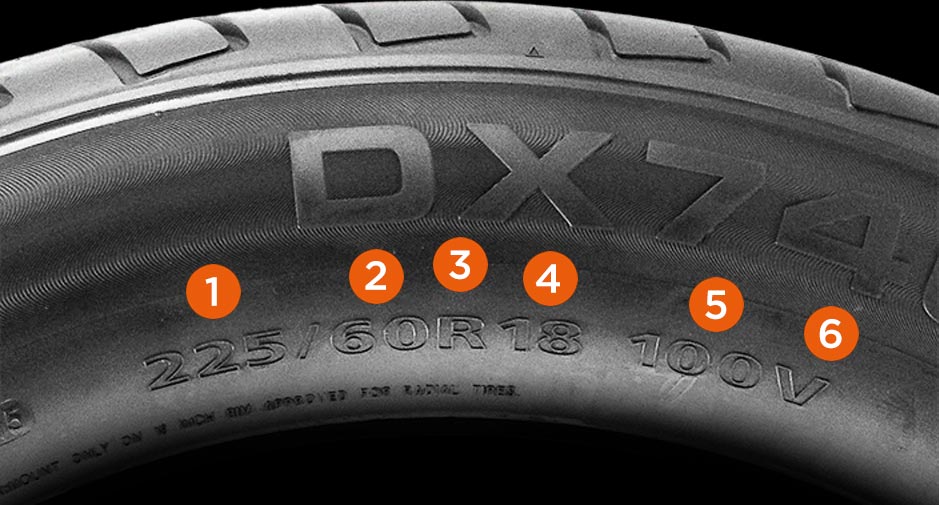
Can my tyres expire?
Tuesday 23rd July 2024Tyres don’t last forever, and driving with tyres over a certain age or under a certain quality can be a serious safety risk. As tyres age, cracks may form beneath the surface, causing the tyre to fail under load. If you haven’t done so recently, it could be time to check how old the tyres on your vehicle are, and if they need replacing.
Below, we will take you through the ways in which you can monitor your tyres’ age and provide some tips on how to prolong the lifespan of your tyres.
Check the age of your tyres
Firstly, for drivers looking to understand their tyre age, they can simply refer to the tyre’s DOT serial number, which can be located inside the sidewall near the rim. The letters “DOT” will typically be followed by eight to thirteen letters and or numbers, this code will tell you where the tyre was manufactured, the size, and the manufacturer’s code, along with the week and year the tyre was manufactured, so you can easily work out the age of the tyres. For more details on DOT codes, click here.
Check for visible signs of ageing

A tyre is still considered to be fit for sale 5 years from the date of production, although your tyres can live beyond this date as all tyres are different. However, we’d recommend replacing your tyres every five to six years and carrying out regular inspections to ensure your tyres are fit for purpose. Some of the visible signs of aged tyres may include the following:
- Reduced tread depth – a major indicator of tyre ageing is a reduction in tread depth, and this should be inspected regularly. The minimum legal tread depth is 1.6mm and it is crucial to change your tyres before this limit has been reached to ensure safety is not compromised with a recommendation to replace your tyre after going under 3mm of tread. If you would like to know how to check your tread depth, please find a useful guide here.
- Cracks on the sidewall – cracks on the sidewall can happen when rubber loses its tightness or can even be caused when the tread dries out, caused by heat, or the sun’s UV rays especially for vehicles stood still for a long period of time.. Driving with cracks on the sidewall could result in the tread separating, which in turn could result in a possible blowout while driving.
- Blisters and Slits – If you notice slits, blisters or even holes on the tyre surface, this could indicate serious damage to your tyre. Blisters and slits can be dangerous as this will mean the air in the tyre can escape, causing the tyre to deflate.
- Vibration – When you’re driving and you can feel a lot of vibration, this could indicate an alignment or balancing issue. Excessive tyre vibration can impact driver judgement and could even result in an accident if ignored. If vibrations are left over a long period of time, this will cause excessive and uneven wear, meaning they may require replacement.
Store your tyres correctly
To help prolong your tyres for as long as possible, especially for drivers that alternate between summer and winter tyres, it’s important that you store your tyres correctly when they are not in use to help extend your tyres’ lifespan. If tyres aren’t stored properly, their characteristics can change and even deteriorate which in turn, can shorten their lifespan and will need to be replaced.
It’s important to ensure your seasonal tyres are stored in a cool, dry, and well-ventilated space – out of the sun of course, as tyres can naturally degrade with exposure to UV rays or rain.
Learn more about tyre maintenance at our page here as well as further steps you can take to make sure you are safe on the road here.









